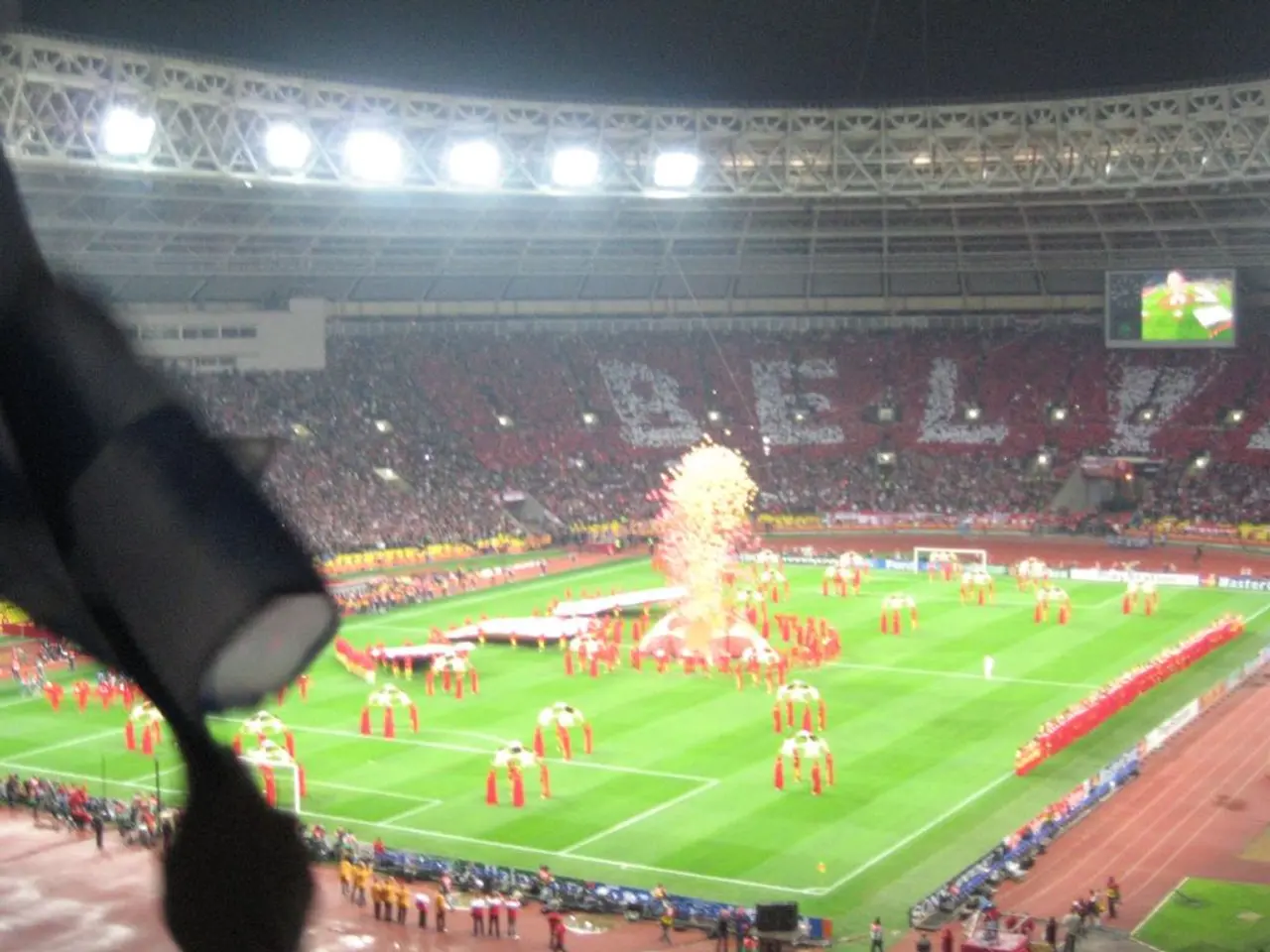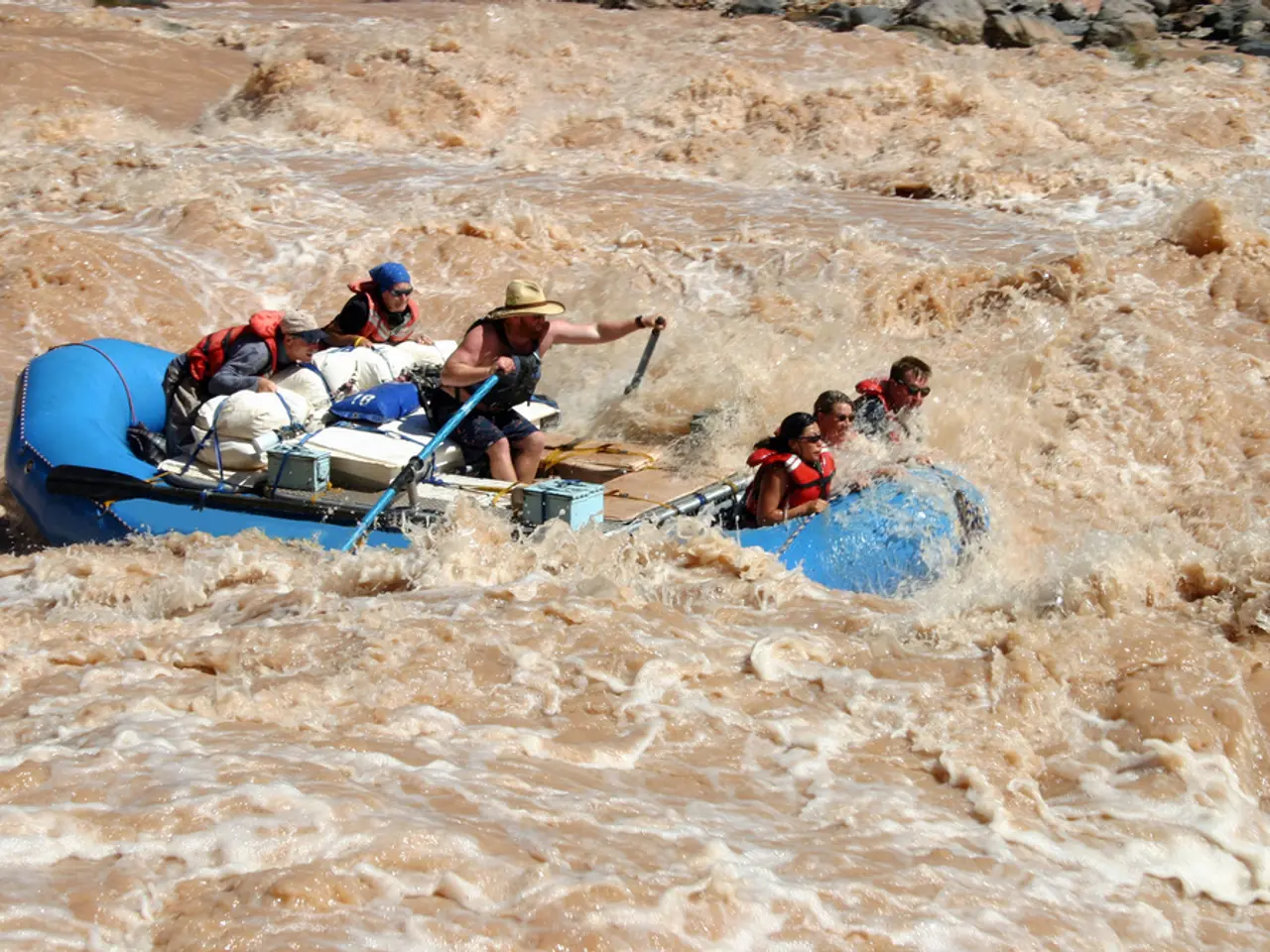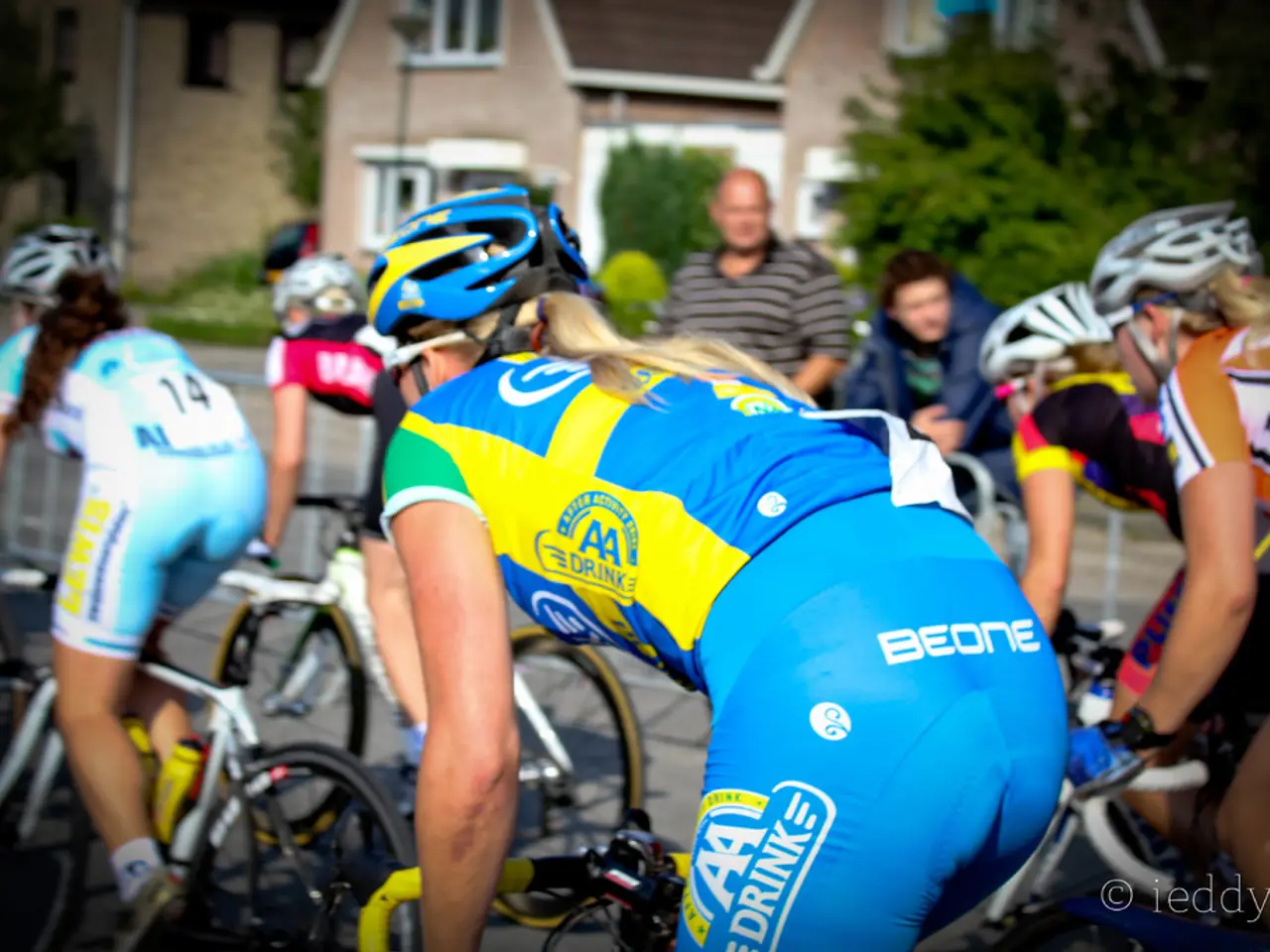Race for the Tour de France Women: Balancing Glamour and Vulnerability
The Women's Tour de France, or Tour de France Femmes, is making strides in professional cycling, with its fourth edition broadcast in 190 countries and offering 25 hours of live coverage. Yet, the economic model of this event remains significantly less lucrative and stable compared to the men's Tour.
Sponsorship and Corporate Investment
The Women's Tour de France survives solely through sponsors, as it has no income from ticket sales or television rights redistribution. In contrast, men's teams and the men's Tour enjoy longstanding relationships with major sponsors. Some prominent teams, like Lotto, have chosen not to apply for Women’s ProTeam licenses, reducing their presence in the women's race.
Media Exposure and Prize Money
Media exposure for the women's Tour lags behind the men's event. The stark pay gap is evident: in 2025, the men's Tour winner earned approximately €500,000, while the female winner received about €50,000. This disparity reflects much broader issues of media framing and coverage of women's professional cycling.
Financial Stability
The financial stability of the women's Tour is a concern, with less financial security and a smaller economic footprint compared to the men's Tour. The men's Tour benefits from decades of brand building and a deep economic ecosystem, while the women's Tour, reintroduced more recently, lacks this level of entrenched economic infrastructure.
Advances in Women's Cycling
Despite these challenges, the Women's Tour de France has made significant strides. Aude Biannic, a French cyclist, appreciates the new professionalism in women's cycling compared to a decade ago. Marion Rousse, another cyclist, notes the wide gap between the biggest teams and the rest, but also highlights the advances the sport has made.
The Tour de France represents 80% of the media impact for women's cycling. Last year, the peak viewership for the women's Tour was nearly 3.5 million viewers for the arrival in Alpe d'Huez. Women in cycling now have the right to 100% paid maternity leave for the first three months, which is included in pension calculations. Additionally, World Tour riders now receive a minimum wage of €44,000 gross annual salary.
Stephen Delcourt, manager of FDJ-Suez, the current world number one team, acknowledges the team's success is due to financial support from Futuroscope. He expresses gratitude towards ASO for the progress made in women's cycling.
The fourth edition of the Tour de France for women confirms the advances of women's cycling. Today, cities compete to host stages of the women's Tour. Marianne Vos, current icon of women's cycling, approached organizers 15 years ago to improve the visibility of women's cycling.
The new version of the women's Tour has found its path, audience, and sporting and media legitimacy. Yet, advocacy and increased media focus continue to push for narrowing these gaps in commercial equality.
The Women's Tour de France, despite its significant strides and growing media exposure, continues to rely solely on sponsors for financial support, a stark contrast to the men's Tour's income from ticket sales, television rights, and long-standing relationships with major sponsors.
In the realm of prize money, the disparity between the men's and women's Tour de France winners is drastic, with the men earning approximately €500,000 compared to the women's €50,000 in 2025, highlighting the need for progress in parity and commercial equality.







